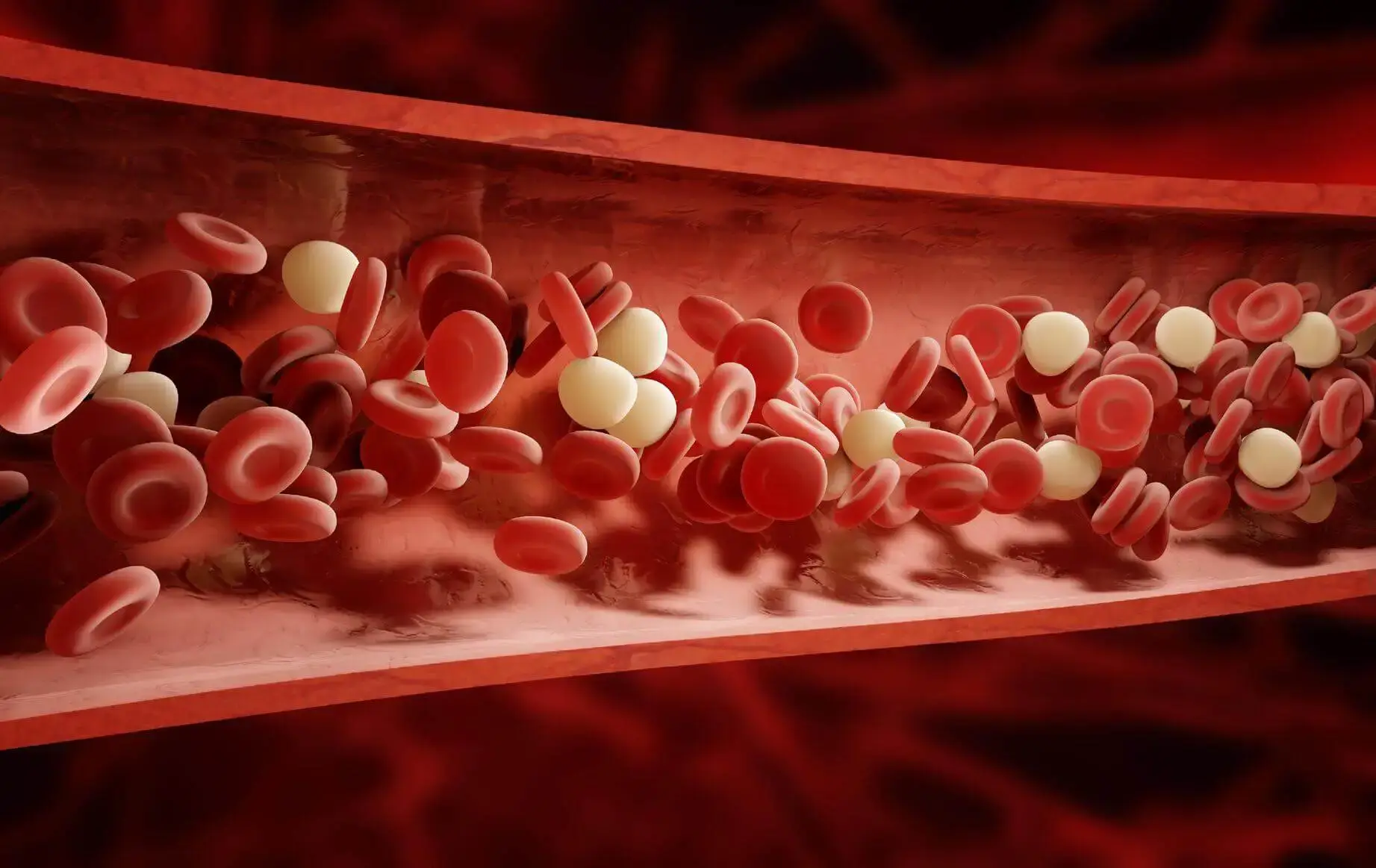Do you want to know what are the top 6 examples of suspension in everyday life? If yes, you are at the right place at the right time. By definition, suspension is a fascinating scientific phenomenon that occurs when solid particles are dispersed in a liquid or gas, leading to a heterogeneous mixture.
This unique state of matter has applications in various fields, from chemistry and engineering to everyday life. In this article, we’ll explore six diverse examples of suspension, shedding light on their significance in scientific and practical contexts. Let’s dive right in…!!!
Examples of Suspension Explored: From Science to Everyday Life
- Blood
- Orange Juice with Pulp
- Air Pollution
- Pharmaceutical Suspensions
- Snow Globes
- Muddy Water
Blood
One of the exclusive examples of suspension is blood because it is a heterogeneous mixture comprising various solid and liquid components that do not dissolve completely in one another. Blood contains solid components such as red blood cells (erythrocytes), white blood cells (leukocytes), and platelets (thrombocytes). These solid particles are suspended in the liquid portion of blood.
The liquid component of blood is called plasma. Plasma is a clear, yellowish fluid that contains water, electrolytes, proteins, hormones, and waste products. It serves as the medium in which the solid components are suspended. Unlike a solution, the solid blood components do not dissolve in the plasma. Instead, they remain dispersed throughout the plasma, making blood a heterogeneous mixture.
Orange Juice with Pulp
Some types of orange juice are suspensions due to the presence of solid pulp or small fruit particles in the liquid. The solid particles in this case are the pulp of the orange. These pulp pieces are tiny, solid fragments of the fruit, including bits of flesh and fiber. On the other hand, the liquid medium is the juice itself, which primarily consists of water, natural sugars, and other dissolved substances.
So, when you pour a glass of orange juice with pulp, you can easily observe and feel the presence of solid pulp particles throughout the liquid. The lack of uniformity or homogeneity in its appearance indicates that it’s a suspension.
Similarly, certain unfiltered beverages, such as unfiltered apple juice or certain craft beers, contain yeast or fruit particles suspended in the liquid. These solid particles don’t dissolve but are evenly distributed throughout the liquid, making them suspensions.
Air Pollution
Air pollution includes various solid and liquid particles, often referred to as particulate matter (PM). These particles can be of different sizes and compositions, such as dust, soot, pollen, and tiny droplets of liquid pollutants. These particles are dispersed throughout the air, not dissolved in it.
As a result, they remain suspended in the atmosphere, which means they are not chemically combined with the air molecules but are held in place by the constant movement and turbulence of the air.
The presence of these suspended particles makes the air a non-homogeneous mixture. When you look at polluted air, you can observe varying levels of visibility and particle density, which is a characteristic feature of suspensions.
Pharmaceutical Suspensions
Some pharmaceuticals are manufactured in suspension form to enhance their efficacy. They are basically a specific type of medication that is formulated as a suspension, which means they contain solid particles that are dispersed throughout a liquid medium.
Pharmaceutical suspensions are used for various reasons, such as improving the solubility of poorly water-soluble drugs, allowing for controlled release of medication, or providing a more palatable form for pediatric or elderly patients who may have difficulty swallowing tablets or capsules.
Snow Globes
In snow globes, the primary liquid medium is water, often mixed with glycerin or another viscous liquid. This liquid serves as the base in which the other elements are suspended. Tiny, solid particles, typically made of plastic or glass, are added to the water-glycerin mixture. These solid particles are often designed to resemble snowflakes or other decorative shapes.
They are suspended within the liquid medium and can move freely when the snow globe is shaken. So, when the snow globe is at rest, the solid particles are evenly distributed throughout the liquid, creating a decorative and visually appealing scene. However, when the snow globe is shaken, the particles become temporarily suspended in the liquid, creating the illusion of falling snow.
Muddy Water
Last but not least on my list of 6 examples of suspension in real life is muddy water because it involves the dispersion of solid particles within a liquid medium. In muddy water, the solid particles are tiny fragments of soil, silt, clay, or other sediments. These solid particles are suspended in the water. Water serves as the solvent in this mixture. And, it is the liquid in which the solid particles are suspended.
So, when you observe it, you can clearly see that the solid particles are dispersed throughout the water, making it appear cloudy or turbid. This lack of uniformity is a characteristic feature of suspensions. Just like other suspensions, if you leave muddy water undisturbed, the solid particles will settle to the bottom over time due to the force of gravity. This settling is why, after a while, you may notice a layer of sediment at the bottom of a container of muddy water.
Some Other Examples of Suspension in Real Life
Apart from the above-mentioned ones, I am also mentioning a few here.
- Milk of Magnesia
- Clouds
- Mixture of Chalk and Water
- Paint
- Wastewater Treatment, etc.
That’s it for this post. If you like this article, share it if you like, like it if you share it. You can also find us on Mix, Twitter, Pinterest, and Facebook. Hey man, If you have come this far, do give us feedback in the comment section. It would make my day. You can also make a donation. Your donations will help us to run our website and serve you BETTER. Cheers!!!
